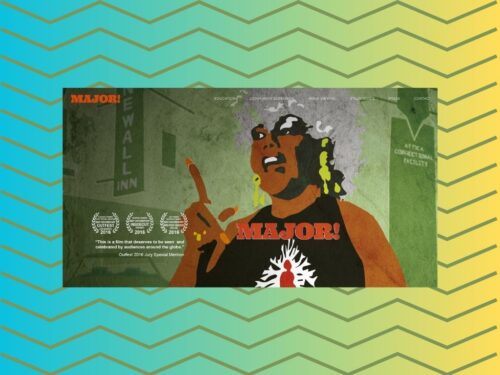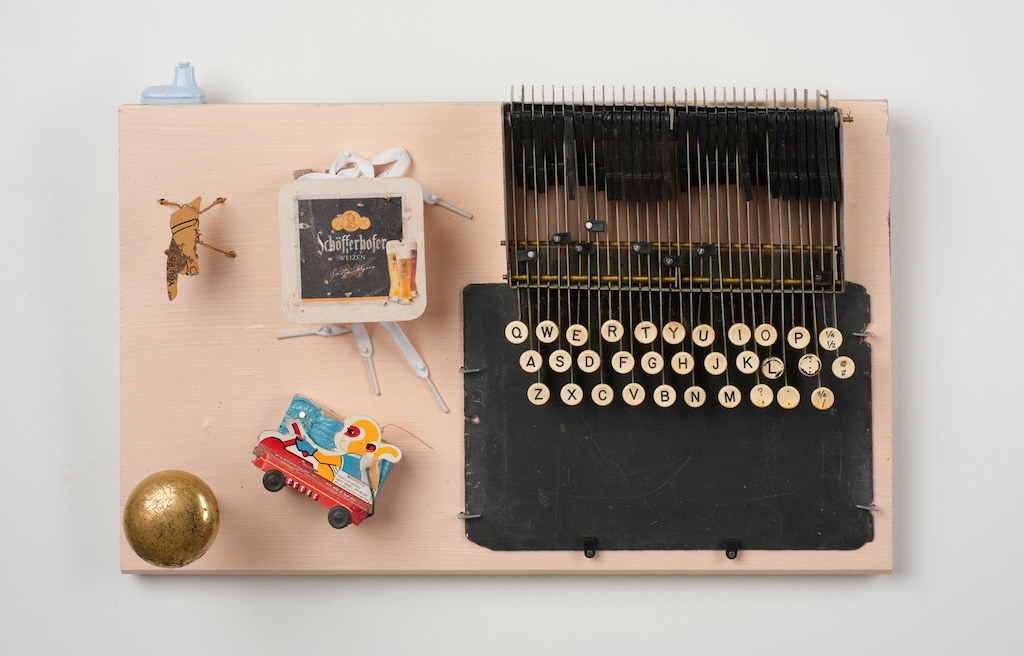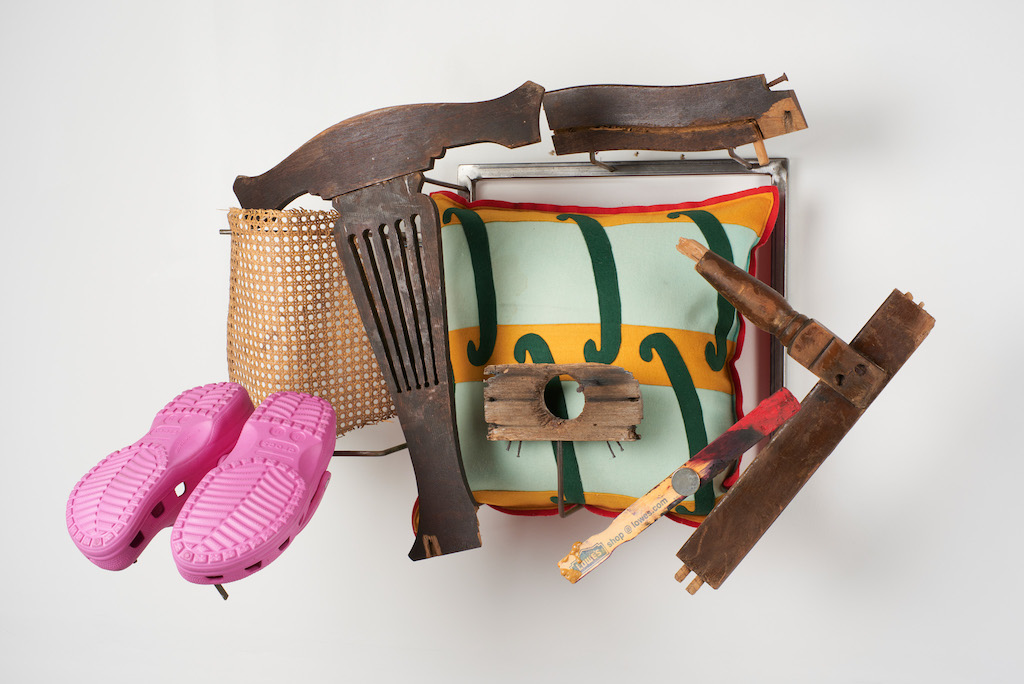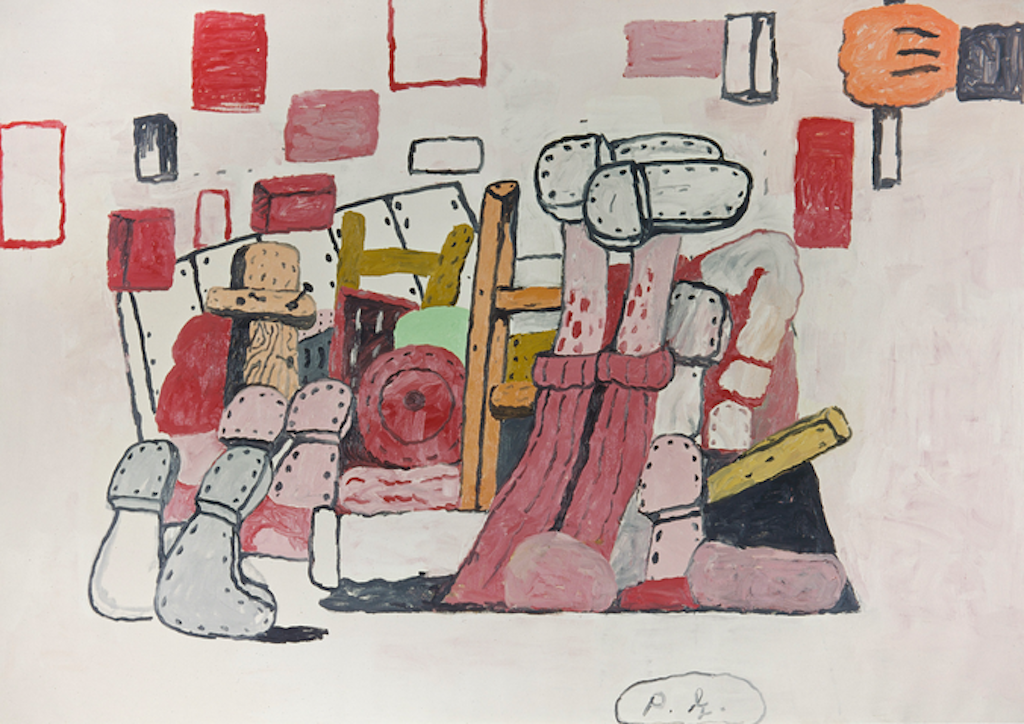On my way to teach a drawing class at MICA almost ten years ago, I spotted a newly installed found object show in one of the college’s main galleries. Glued, screwed, or nailed together—the everyday, often castoff items were glazed and rusted with “back-in-the-day” purposes. Barely.
By the time I greeted my students, I had rethought my “mark making” lesson for that morning. I brought my students downstairs to draw from Jim Condron’s just-seen mixed-media conglomerations. As anticipated, the students were inspired to richly invent from the artist’s highly textured inventions. More, they grew to appreciate how Baltimore’s alleys could be viewed as extensions of their studios or classrooms, and as free art supply stores.
Like a decade ago, in Condron’s current solo show, Collected Things, at ArtCake in Brooklyn, NY (through June 17th), objects’ original functions no longer exist. These messily, merrily arranged and painted (or better, “buttered,” his word) fabrications are sophisticated, ordered messes, evenly divided between intentional, intuitive, and visually seductive.


















